(AND WHAT DID HE DO IN BHUTAN?) HEATHER ELTON sketches the main historical events of the charismatic tantric master, legendary slayer of demons, creator of terma texts and hidden lands. Padmasambhava played a major role in bringing Vajrayana Buddhism to Tibet and Bhutan. Known as Precious Guru, or Guru Rinpoche, he is the Buddha for the Dark Age, or Kali Yuga, which is NOW. OM VAJRA GURU PEMA SIDDHI HUNG.
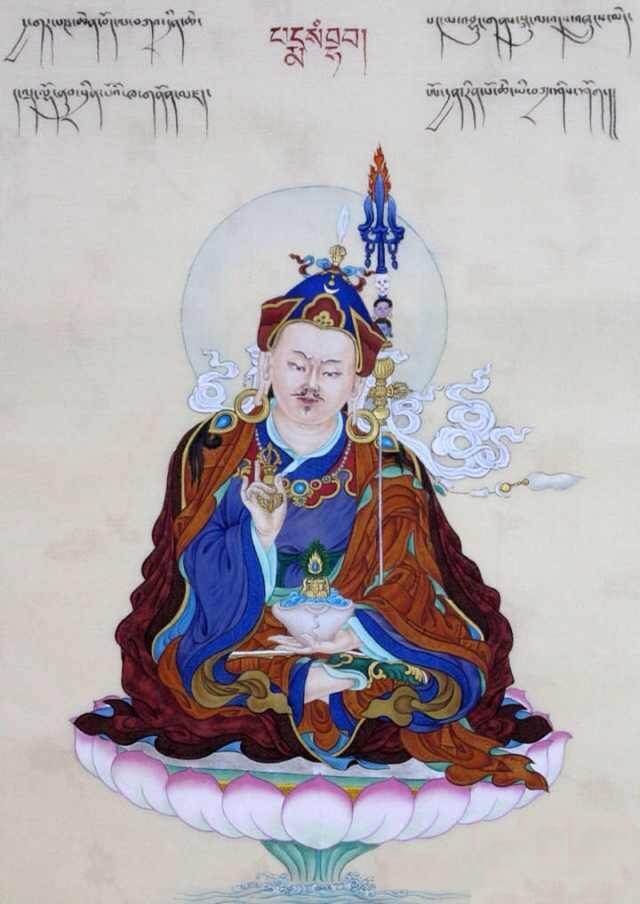
IF ONE COULD DISTIL THE MANY MYTHS AND LEGENDS OF THIS ILLUSTRIOUS BEING INTO A MUSTARD SEED, IT WOULD COME OUT SOMETHING LIKE THIS. Padmasambhava (also known as Guru Rinpoche) was an Indian tantric yogi who played a major role in bringing Vajrayana Buddhism to Tibet in the eighth century. He transformed the shamanistic inhabitants of the largest area of Himalayas into a compassionate Buddhist community. The legend holds that the Buddha Shakyamuni himself had prophesied his own birth as Padmasambhava.
Padmasambhava means ‘Lotus born’ and refers to Guru Rinpoche’s miraculous birth where he incarnated as an eight-year-old child (with major physical marks of an enlightened being) in the heart of a lotus blossom, floating in Lake Dhanakosha, in the land of Dakinis, in the kingdom of Uddiyana. Some scholars locate this kingdom in the Swat Valley area of modern-day Pakistan; others believe it to be in Odisha, India. Padmasambhava’s enlightened nature was recognized by the childless local king of Oḍḍiyāna, who adopted him. He tells the king:
My father is the wisdom of
spontaneous awareness.
My mother is the Ever-Excellent
Lady, the space of all things
. . . . I sustain myself by
consuming the concepts of
duality.
My purpose is the act of killing
disturbing emotions.
As a youth, when prince Padmasambhava turned to tantric practice the local people forced his father to send him into exile. He left Oddiyana for northern parts of India, receiving teachings and practising in the sacred charnel grounds. He was one of the famous seventeen exceptional pandit scholars at Nalanda Monastic University (the great centre of Buddhist learning that was established in the late 5th to early 6th century C.E. and survived for six hundred years, until being destroyed in 1203 by Turkish Muslim invaders).
Padmasambhava visited numerous sacred places, including Bodhgaya where Shakymuni Buddha attained liberation. At Rewalsar (also known as Tso Pema) in Himachel Pradesh, he secretly taught tantric teachings to princess Mandarava, the King of Zahor’s daughter, who possessed the marks of a dakini. When the king found out he tried to burn him alive, but legends tells that when the smoke cleared, Padmasambhava was still alive sitting in meditation. Astonished by this miracle, the king offered Padmasambhava both his kingdom and his daughter. Padmasambhava left with Mandarava, as his consort, to the mountain cave of Maratika in Nepal, where they practiced secret tantric rituals. They had a vision of Buddha Amitābha and achieved what is called the ‘phowa rainbow body’, a very rare type of spiritual realisation where they actualised the Immortal Vajra Body.
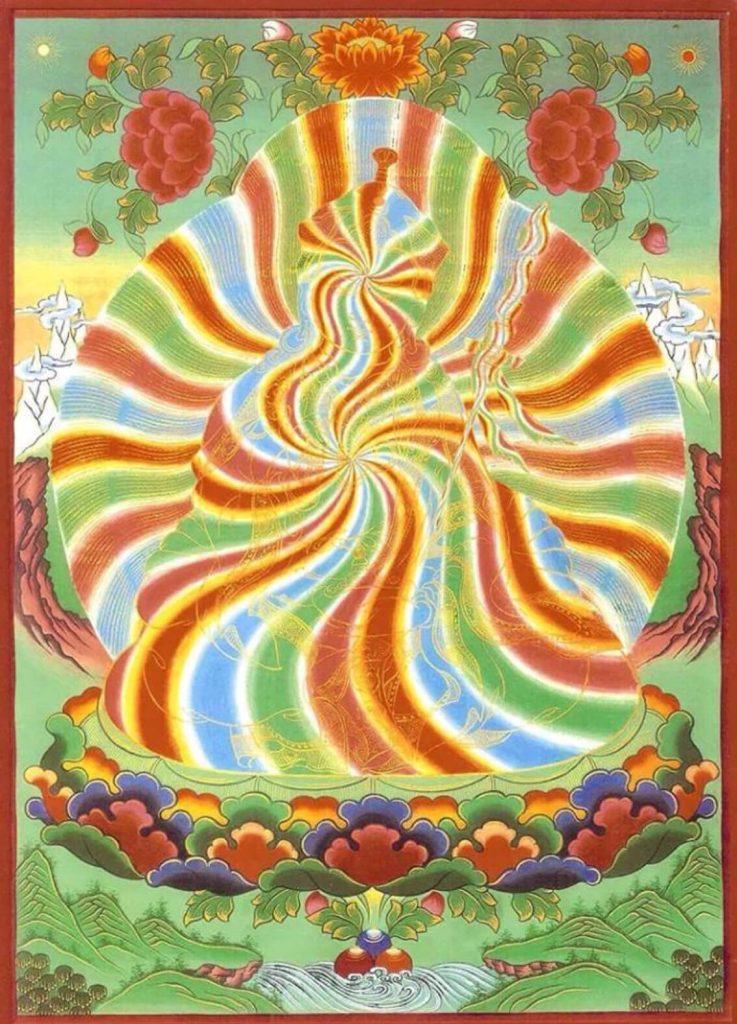
GURU PADMASAMBHAVA EVENTUALLY ARRIVES AT YANGLESHO AND ASURA CAVES, NEAR PHARPING, IN NEPAL, WHERE HE SPENDS THE NEXT 12 YEARS. He gathers the texts of Vajrakila, ends a drought by defeating some troublesome local naga spirits, takes Shakyadevi, the daughter of a king of Nepal as his consort, and attains Mahamudra realisation. Despite the many layers of legend surrounding Padmasambhava, the earliest textual evidence of his activities refers to Yanglesho. Several 10th C.E. manuscripts found in a ‘library cave’ of Dunhuang in Tibet are dedicated to the Tantric deity Vajrakīlaya and describe the master’s time at Asura Cave in Yanglesho where he gathered texts and accomplished the rites of The Hundred Thousand Verse Tantra of Vajrakīla.
WHILE IN NEPAL, PADMASAMBHAVA RECEIVES AN INVITATION TO COME TO TIBET FROM KING TRISONG DETSEN. He travels through Nepal and the Upper Mustang Valley to Tibet, where he battles local demon spirits, helps to build the country’s first Buddhist monastery in Samye and establishes Buddhism in Tibet. Padmasambhava marries King Trisong Detsen’s daughter, Yeshé Tsogyal, who becomes his consort and closest disciple. Yeshe Tsogyal was an important realised teacher in her own right. She received Dzogchen teachings directly from Padmasambhava and a number of important texts are attributed to her. Together, they travelled all over Tibet and the Himalayas, and blessed and consecrated the entire land. Tibet, Nepal, Mustang, Sikkim and Bhutan all have epic stories about the legendary couple.
Guru Rinpoche visited Bhutan three times and spend many months in meditation. At Tiger’s Lair, or Taktsang, he manifested in “the terrifying wrathful form of crazy wisdom.” Riding on a pregnant tigress in the fierce form of Dorje Drolö, the Wild Wrathful Vajra, he bound all worldly spirits under oath to protect the terma treasures and serve the Dharma, bringing the local deities and guardians of Bhutan under his control.
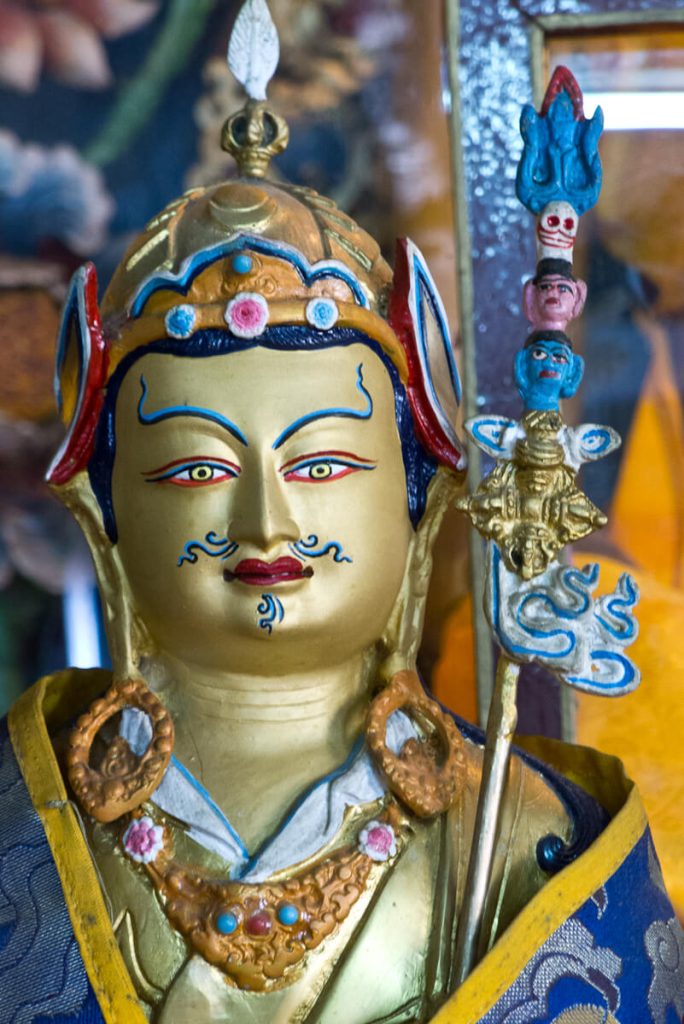
GURU PADMASAMBHAVA IS CONSIDERED TO BE THE FOUNDER OF THE NYINGMA SCHOOL, THE OLDEST OF THE FOUR MAJOR TRADITIONS OF TIBETAN BUDDHISM. He is an important symbol of enlightenment in the Dzogchen teachings and his image is often visualized as an object of meditation. He is said to have had eight manifestations, including both the peaceful and wrathful forms. He personifies the guru principle, the heart of Vajrayana Buddhism, and he is therefore known as the ‘second Buddha.’
He is closely associated with the terma tradition of the Nyingma school, in which specially empowered lineage holders called tertons discover secret teachings. He made many prophecies about the future, and together with Yeshé Tsogyal, they concealed countless terma (spiritual treasures) teachings, in the physical world or in the mind-stream of tertons. For each of these terma treasures, Padmasambhava predicted the time for its revelation, the identity of the revealer (terton), and those who would receive and hold the teachings.
AFTER THE DEATH OF TRISONG DETSEN, PADMASAMBHAVA STAYED ON IN TIBET UNTIL HE WAS CALLED TO SUBDUE THE RĀKṢASAS, OR CANNIBAL DEMONS, THAT WERE SET TO DESTROY INDIA, NEPAL AND TIBET. So, after 55 years in Tibet, in the Wood Monkey year (864 C.E.), Guru Rinpoche left for the land of Ngayab Ling in the southwest, and for his manifested pure land, Zangdokpalri, or the Copper Coloured Mountain of Glory. “There,” writes Kyabjé Dudjom Rinpoche, “he manifested the inconceivable Palace of Lotus Light, and presides as King, with one of his emanations in each of the eight continents of the rakshasas, giving teachings…and protecting the people of this world. Even to this day, he reigns as the regent of Vajradhara, the ‘vidyadhara of spontaneous accomplishment of the ultimate path’; and thus he will remain, without ever moving, until the end of the universe.” It is said that Padmasambhava is the buddha for the dark age, or kali yuga, that humanity is currently living in and that he is the one who works most powerfully with our negativity.
GURU RINPOCHE HAS NUMEROUS DISCIPLES, INCLUDING TWENTY-FIVE WHO WERE THE FIRST MAHASIDDHAS OF TIBET. Many students attained realisation and the rainbow body and never came out of retreat. He also had numerous highly-realised female disciples, including his five principle consorts: Yeshé Tsogyal, Mandarava, Shakyadevi, Kalasiddhi and Tashi Khyidren, as well as dakinis and yoginis, and the seven siddhas of Tsang.
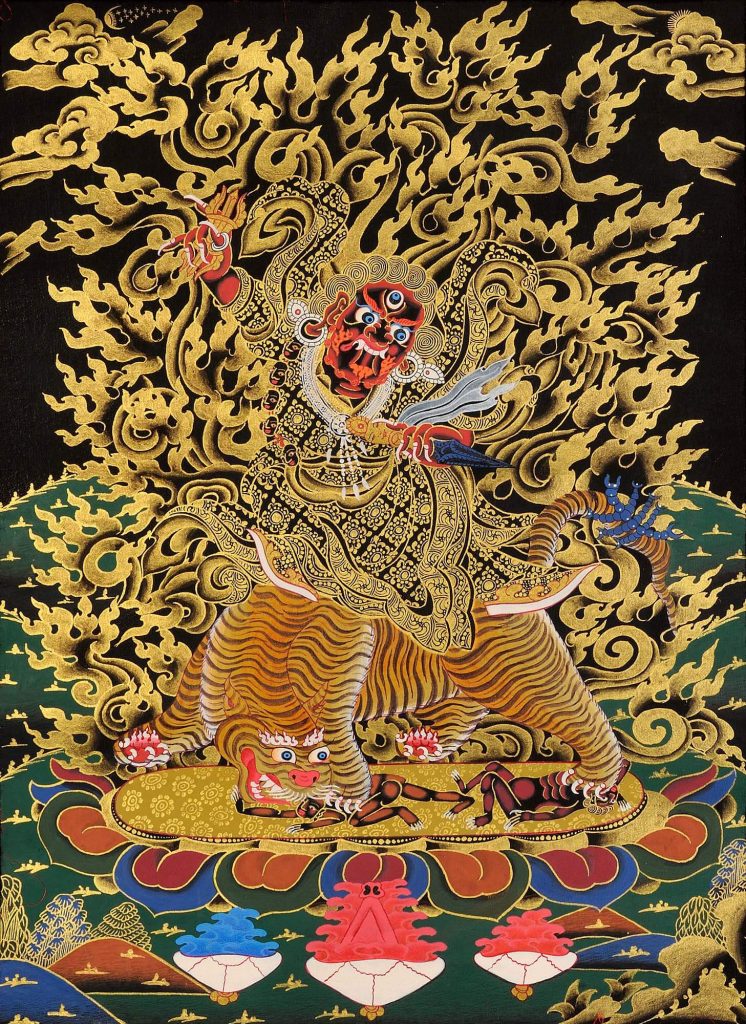
GURU RINPOCHE IS SAID TO HAVE VISITED BHUTAN THREE TIMES and his visits are of immense historical value that endowed Bhutan with a political, spiritual, social, cultural, intellectual and legal legacy. The great Buddhist saint travelled to Bhutan before he went to Tibet. Among many sacred places he blessed, the Dragon Kingdom of Bhutan is considered to be a very special ‘hidden’ place. He felt that it is ideal for the sacred Mantrayana or Vajrayana teachings to flourish. In his Religious History of Southern Dragon (lho ‘brug chos ‘byung), Guru Rinpoche stated:
Just by traveling there, one would find the path [to
liberation],
My followers, who practice the dharma,
Flee to the southern gorges, the hidden sacred land!
And said:
Find a retreat place at the southern gate of the southern gorges,
If you did this what you accomplish in seven years in Tibet
You will accomplish it in seven days in these sacred places.
And the Lamp that Illuminates All Prophecies says:
At mountain gorges and snow crevices in the border regions of southern Tibet,
And at the forested gorges, so forth, in all types of gorges,
As they will be needed at a future time,
I, Padmasambhava, blessed and left them as it is. Dharma Yogis could obtain accomplishment in these places very quickly.
All country gods and local spirits will protect them from obstacle makers.
Even devils and non-Buddhist heretics will not occur. It is the fatherland of all the dharma practitioners.
And:
At the border between Mon (Bhutan) and Tibet, there are four [greater] hidden lands,
Eight lesser hidden lands, and ten thousand sub-hidden lands,
I, Padmasambhava, concealed them as they will of use in future!
For the Bhutanese, Guru Rinpoche’s ‘undeceiving and indestructible words of the scriptures’ confirm Bhutan as a sacred ‘hidden land.’ Among many special sacred places of Bhutan, three are considered most important: Paro Taktshang in West Bhutan, Bumthang Kurje of Central Bhutan and Nering Senge Dzong from among sacred places of East Bhutan.
ACCORDING TO THE BHUTANESE CALENDAR, GURU RINPOCHE FIRST VISITED BHUTAN IN 810 C.E., THE YEAR OF THE IRON TIGER, AT THE INVITATION OF KING SINDHU OF BUMTHANG. He came from Nepal and entered Bhutan via Nabji Korphug in Zhemgang. Other sources site his first visit in 746 C.E. and there are numerous accounts of him taming demons and converting them to protecting deities of different valleys of Bhutan. He established many places of pilgrimage (Nea) and hid termas, or treasure teachings, to be rediscovered in future by tertons (treasure revealers). Some sacred sites from his first visit include:
Iron Castle, Chagkhar, in Bumthang is believed to be the palace of King Sindhu and dates back to 7th century C.E.. Guru Rinpoche was invited by King Sindhu after he was seriously sick and possessed by the evil spirits. Padmasambhava subdued the evil spirits and imparted the inner tantric teachings to the King and his family members of the Kurjey Lhakhang, Jambay Lhakhang and the Chagkhar Lhakhang.
Ugyen Zangpo describes the Iron Castle with fantastical details.
“The iron castle has nine floors, five levels of underground passage to enter it, and 108 windows made of precious metals and stones and when the sun and moon shine on it, the palace radiates to the sky and its surroundings like rainbow. It is filled with treasures and one entrance is to the river and the other facing west. It was from such a palace King Sindhu started to extend his domain as far as Dorjidrak in Tibet and Sindhabari in India.” (Phuntsho, 2103, p. 93).
Today, there is nothing visibly left in Chagkhar in terms of structural remains of the ancient palace, but there is a museum with a display of the artefacts belonging to the King. Interesting, one version of the legend tells about the prophecy that the iron castle will fall simultaneously with fall of the Tibetan dynastic rule – not a single fragment of iron castle will be left in future.
Guru Rinpoche left an impression of his body in Kurjey Lhakhang, the cave of red cliff where he pressed the naga (serpent) demon against the rock cliff with his body. Later, this vivid body imprint was enshrined in a temple that possesses countless replicas of the enlightened body, speech, and mind. Merely seeing it once is enough to block the gateways to lower rebirths and attain liberation and the state of omniscient Buddhahood. Hence, it is very important for everyone to pay a visit to this site with full faith, devotion, and respect. Padmasambhava also created a spring that is considered as Drupchu, or sacred healing waters. The nearby cypress tree is believed to have grown from the Guru’s staff.
Nabji Lhakhang was built by Guru Rinpoche when he first arrived in Bhutan. Inside, a stone pillar called the Nadoor has the hand impressions of two feuding Kings – Gyalpo Nawachhe and King Sindu. Guru Rinpoche arranged friendship between the two enemy kings, and made them vow to live in peace, and to not let their troops cross the border demarcated by the pillar.
GURU RINPOCHE HELPED TO TO BUILT SAMYE MONASTERY IN TIBET IN 822 C.E. It was after that time that he made a second trip to Bhutan. He brought his consort, Khandro Yeshey Tshogyel, with him and they stayed for a considerable period, travelling extensively in East Bhutan to places like Bumthang, Ajaney valleys, and on the borders of the present day Mongar and Lhuntse districts, into the beyuls, or ‘hidden lands’, that are believed to be the secret entrances to the Guru’s Paradise. Guru Rinpoche taught the Dzogchen Selwai Melong (Clear Mirror of Mysticism), constructed several temples, subdued demons and evil spirits and blessed numerous places which are considered to be sacred places for religious worship today. He left body impressions of his head, with the hat, on a huge rock at Gomkora.
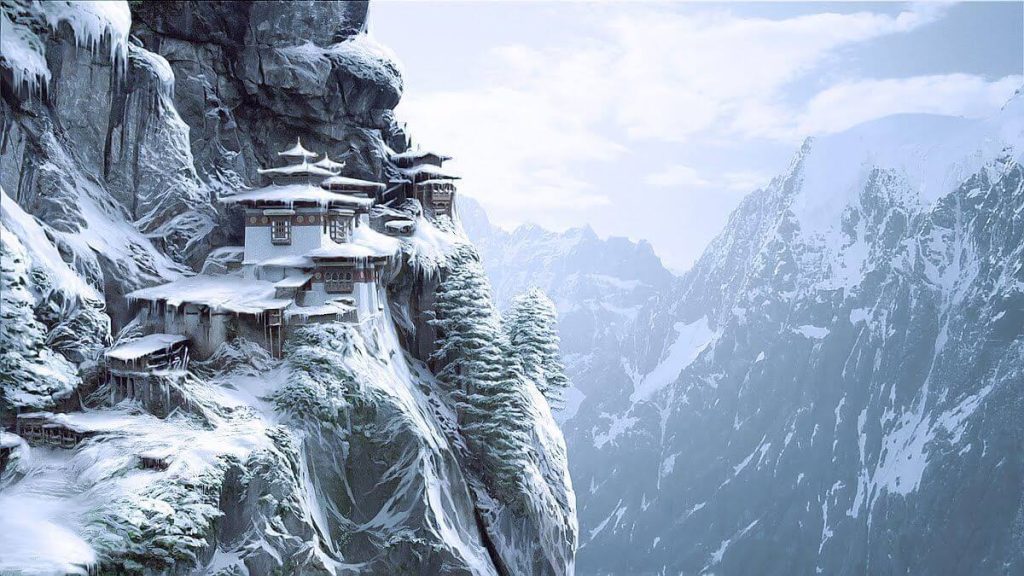
Paro Taktshang is Guru Rinpoche’s most important sacred place as it embodies his enlightened mind. Legend says that Guru Rinpoche and Khadro Yeshey Tshogyel flew to Paro Taktshang from Singye Dzong in Lhuntse, on a flaming tigress, in his wrathful form as Dorje Drolo, – hence the name Taktshang (Tiger’s Nest). They meditated at Taktshang for three months.

Khandro Yeshe Tshogyal’s biography states that Guru Rinpoche thought the Paro valley, filled with herbal medicines covered by cypress woods, was the perfect place to conceal his treasures, and wrote down their prophecies. Padmasambhava said whoever does a retreat here will obtain the siddhi (attainment) of Mahamudra. They visited Drag Karpo, Namthog Karpo, Chumophu and Tshalungdra in Paro Valley, and went further southwest to Dzongdrak, Ragoed, Chimphu, Beyul Rinchenshong and Sangbekha in Haa, before they flew back to Tibet. Guru Rinpoche blessed the Haa Valley into another beyul, or hidden land.
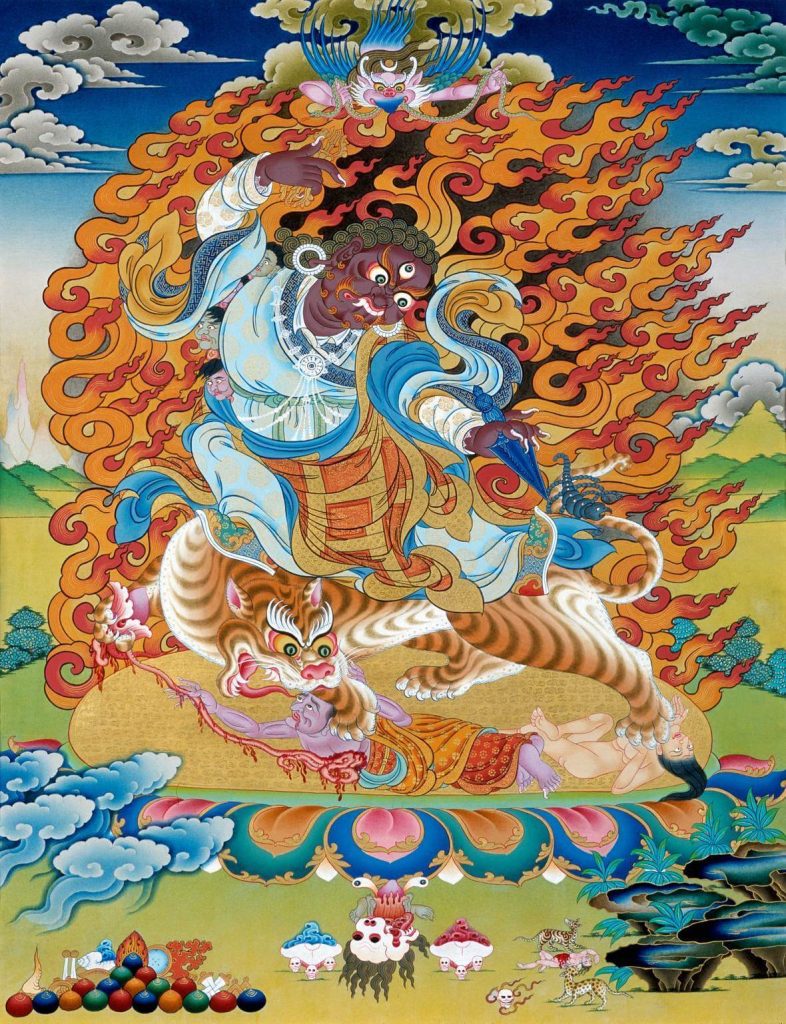
Based upon the King Sindhu’s biography, Nering Dzong cave is the third sacred place visited, blessed and established by Guru Rinpoche. Guru Rinpoche spent three months at Nering Dzong while doing accomplishment practices and blessed it as the sacred place of Guru’s enlightened activity. Khandro Yeshe Tshogyal performed the Kilaya accomplishment practice and obtained its attainments.
The principal meditation caves of Guru Rinpoche are known as The Five Power Places of the Guru. Together with three additional power places they are the Eight Solitary Places of Realisation, located in Central Tibet, Lhodrak and Bhutan.
The Five Guru Rinpoche Caves, or Power Places:
1. Drak Yongdzong – Power-place of the Guru’s Body
2. Samye Chimpu – Power-place of the Guru’s Speech
3. Lhodrak Karchu – Power-place of the Guru’s Mind
4. Yarlung Shetak – Power-place of the Guru’s Qualities
5. Monka Nering Senge Dzong – Power-place of the Guru’s Action
The Eight Solitary Places of Realization:
• above five power-place
6. Drakmar Yamalung
7. Monka Sridzong
8. Paro Taktsang Puk
These cave-hermitages are all places where Guru Rinpoche concealed terma treasure teachings. They all have prophecies that predict the coming of tertons (treasure-finders) who would meditate there and discover the treasures that the Guru concealed. Also, these are power places that induce dreams and visions, and are places where Guru Rinpoche had prophecies revealed to him and where he asserted that yogins would attain realisation.
The Guru’s consort, Yeshe Tsogyal, stayed for some time in all of these caves and concealed treasure texts therein. Some of the Guru’s Twenty-Five Disciples meditated in these caves after their final initiation, and attained siddhi there. Since the 8th century these caves have been the residence of many important Dzogchen practitioners.
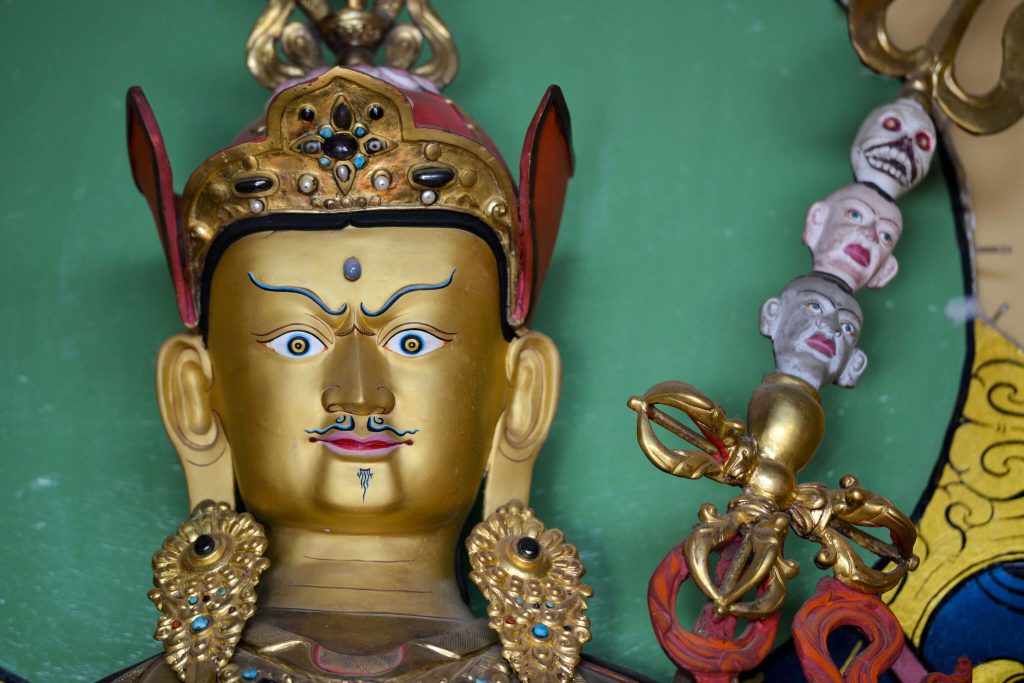
ON HIS THIRD VISIT, GURU RINPOCHE, CAME FROM TIBET IN 876 C.E. IN THE FIRE MONKEY YEAR. He visited 21 sacred places near Thimphu, Punakha and Wangdue, after which he travelled south via Dagana to visit Thanamkha Dzong and Beyul Gomdrak. Finally, he visited Tumdrak Tshangtshig Ney, one of the 24 sacred sites of Chakrasambhara in Pasakha.
The exact years of Guru Rinpoche’s visits to Bhutan are not yet known and intensive research is needed to be carried out. The Bhutanese calendar is also different than the Tibetan one and it’s difficult to merge histories as there are differences in the chronological dates on Guru Rinpoche. The Bhutanese calendar shows that Buddha was born 3,152 years ago corresponding to the Iron Monkey Year, about three cycles earlier to that of the Tibetan astrology book that shows 2,976 years. Guru Rinpoche was born 3,060 years ago in the Fire Monkey Year, 12 years after Buddha attained parinirvana in accordance with Buddha’s prophesy. Although there might be differences in calculations and dates, it’s always auspicious to study the life and teachings of Guru Padmasambhava and appreciate his wisdom. §
Sources:
Guru Rinpoche’s Exclusive Sacred Places in Bhutan, Journal of Bhutan Studies, Vol.34, Summer 2016. Kunzang Thinley* (Translated by Phuntsho Gyaltshen)
If this article has sparked your interest in Guru Rinpoche, discover more on Heather Elton’s Nepal Yoga Teacher Training Course July 6 – August 4, 2019. Click here for more details and to apply.
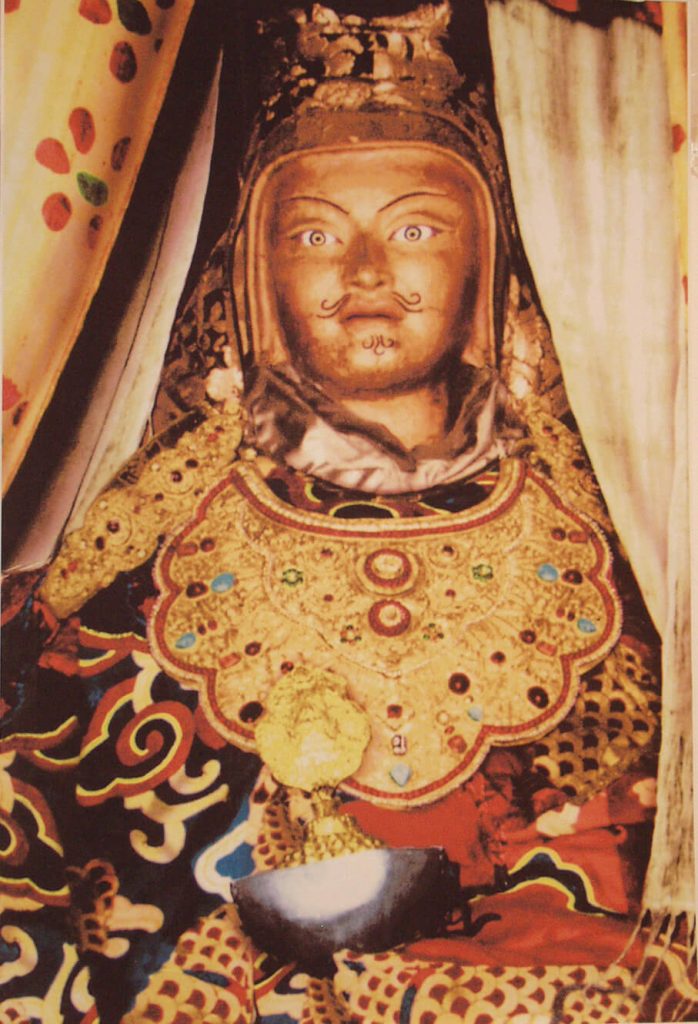 [/vc_column_text][/vc_column][/vc_row][vc_row row_type=”row” use_row_as_full_screen_section=”no” type=”full_width” oblique_section=”no” text_align=”left” css_animation=””][vc_column][vc_column_text]
[/vc_column_text][/vc_column][/vc_row][vc_row row_type=”row” use_row_as_full_screen_section=”no” type=”full_width” oblique_section=”no” text_align=”left” css_animation=””][vc_column][vc_column_text]
[/vc_column_text][/vc_column][/vc_row][vc_row row_type=”row” use_row_as_full_screen_section=”no” type=”full_width” oblique_section=”no” text_align=”left” css_animation=””][vc_column][vc_column_text]
[/vc_column_text][/vc_column][/vc_row][vc_row row_type=”row” use_row_as_full_screen_section=”no” type=”full_width” oblique_section=”no” text_align=”left” css_animation=””][vc_column][vc_column_text]
[/vc_column_text][/vc_column][/vc_row][vc_row row_type=”row” use_row_as_full_screen_section=”no” type=”full_width” oblique_section=”no” text_align=”left” css_animation=””][vc_column][vc_column_text]
[/vc_column_text][/vc_column][/vc_row][vc_row row_type=”row” use_row_as_full_screen_section=”no” type=”full_width” oblique_section=”no” text_align=”left” css_animation=””][vc_column][vc_column_text]
[/vc_column_text][/vc_column][/vc_row][vc_row row_type=”row” use_row_as_full_screen_section=”no” type=”full_width” oblique_section=”no” text_align=”left” css_animation=””][vc_column][vc_column_text]
[/vc_column_text][/vc_column][/vc_row]
[/vc_column_text][/vc_column][/vc_row][vc_row row_type=”row” use_row_as_full_screen_section=”no” type=”full_width” oblique_section=”no” text_align=”left” css_animation=””][vc_column][vc_column_text]
[/vc_column_text][/vc_column][/vc_row][vc_row row_type=”row” use_row_as_full_screen_section=”no” type=”full_width” oblique_section=”no” text_align=”left” css_animation=””][vc_column][vc_column_text]
[/vc_column_text][/vc_column][/vc_row][vc_row row_type=”row” use_row_as_full_screen_section=”no” type=”full_width” oblique_section=”no” text_align=”left” css_animation=””][vc_column][vc_column_text]
[/vc_column_text][/vc_column][/vc_row][vc_row row_type=”row” use_row_as_full_screen_section=”no” type=”full_width” oblique_section=”no” text_align=”left” css_animation=””][vc_column][vc_column_text]
[/vc_column_text][/vc_column][/vc_row][vc_row row_type=”row” use_row_as_full_screen_section=”no” type=”full_width” oblique_section=”no” text_align=”left” css_animation=””][vc_column][vc_column_text]
[/vc_column_text][/vc_column][/vc_row][vc_row row_type=”row” use_row_as_full_screen_section=”no” type=”full_width” oblique_section=”no” text_align=”left” css_animation=””][vc_column][vc_column_text]
[/vc_column_text][/vc_column][/vc_row][vc_row row_type=”row” use_row_as_full_screen_section=”no” type=”full_width” oblique_section=”no” text_align=”left” css_animation=””][vc_column][vc_column_text]
[/vc_column_text][/vc_column][/vc_row]
One Comment
Leave A Comment
You must be logged in to post a comment.

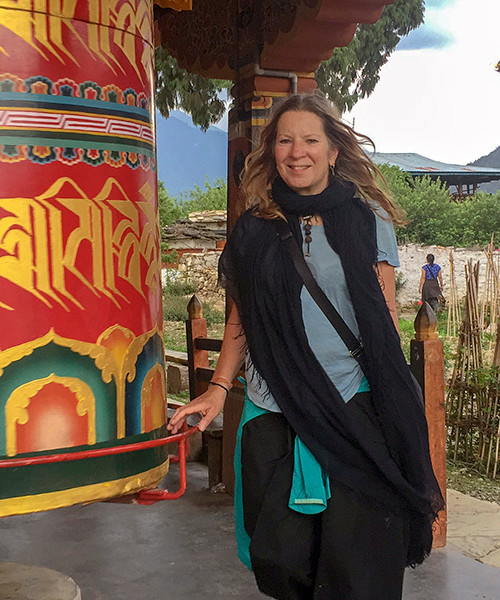
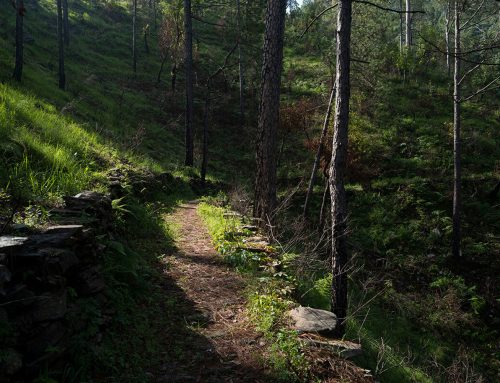
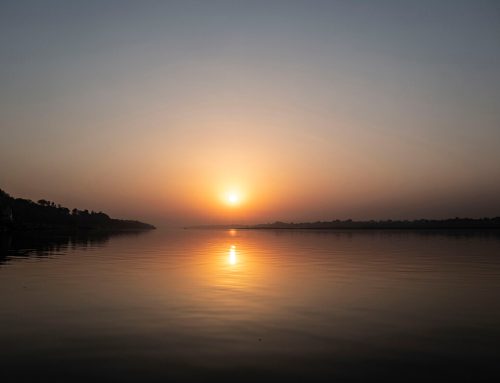
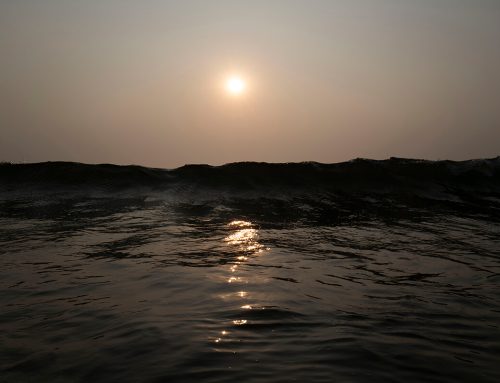
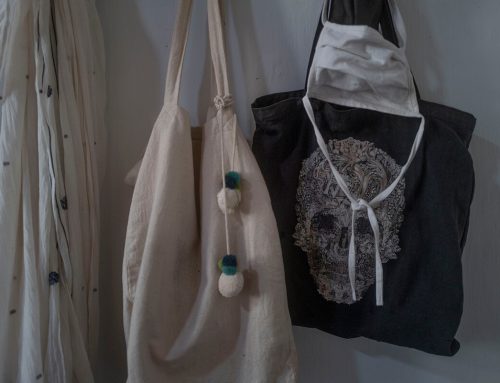
Thank you very much for this wonderful article. I am truly blessed to learn about Padmasambhava. Although, what I found interesting is the spiritual realization. Could anyone please enlighten me about the ‘Phowa rainbow body’? Does that mean Padmasambhava is still alive?